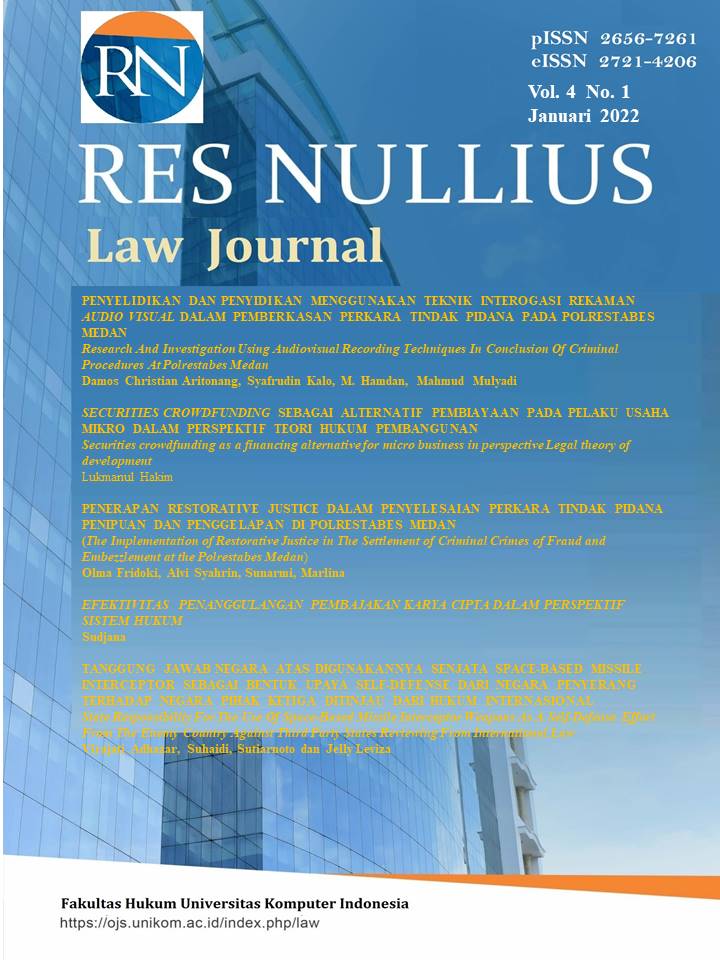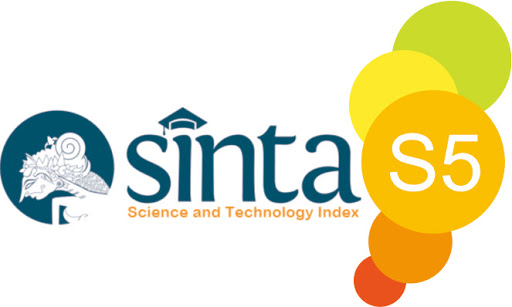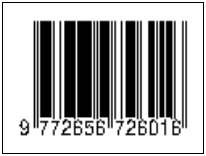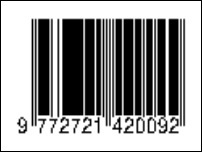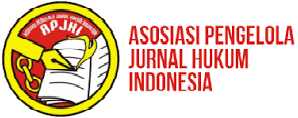PENYELIDIKAN DAN PENYIDIKAN MENGGUNAKAN TEKNIK INTEROGASI REKAMAN AUDIO VISUAL DALAM PEMBERKASAN PERKARA TINDAK PIDANA PADA POLRESTABES MEDAN
Research And Investigation Using Audiovisual Recording Techniques In Conclusion Of Criminal Procedures At Polrestabes Medan
DOI:
https://doi.org/10.34010/rnlj.v4i1.3864Keywords:
Penyelidikan dan penyidikan;, rekaman audio-visual;, Polrestabes MedanAbstract
The filing of cases begins with the Minutes of Examination (BAP). In making the Minutes of Investigation, both Witnesses and Suspects, for Investigators it is often difficult because the number of cases handled makes the Investigator not focus on revealing and making light of a criminal act. Not to mention, in the interrogations (also called "Interrogations"), also misinterpreted by the Investigator. This makes the Integrated Criminal Justice System (ICJS) not work, because of the piling up of cases at the level of examination or investigation. The Minutes of Examination as the start of law enforcement, the concept of Minutes of Examination now is no longer feasible to be maintained. Advanced investigative and interrogation techniques are needed. In this case, using audio-visual recordings in examinations and investigations. Audio-visual recordings can be done in a room at the Police Station. So, both investigators and investigators can directly examine witnesses or suspects as freely as the questions asked. Likewise, with witnesses or suspects as being questioned, they can answer freely as far as they know, see, hear, or experience them themselves. Also, the investigator as an examiner can see playing back the audio-visual recording to be examined and displayed/exhibited at the case title conducted.
Downloads
Published
Issue
Section
License

Ciptaan disebarluaskan di bawah Lisensi Creative Commons Atribusi 4.0 Internasional.

